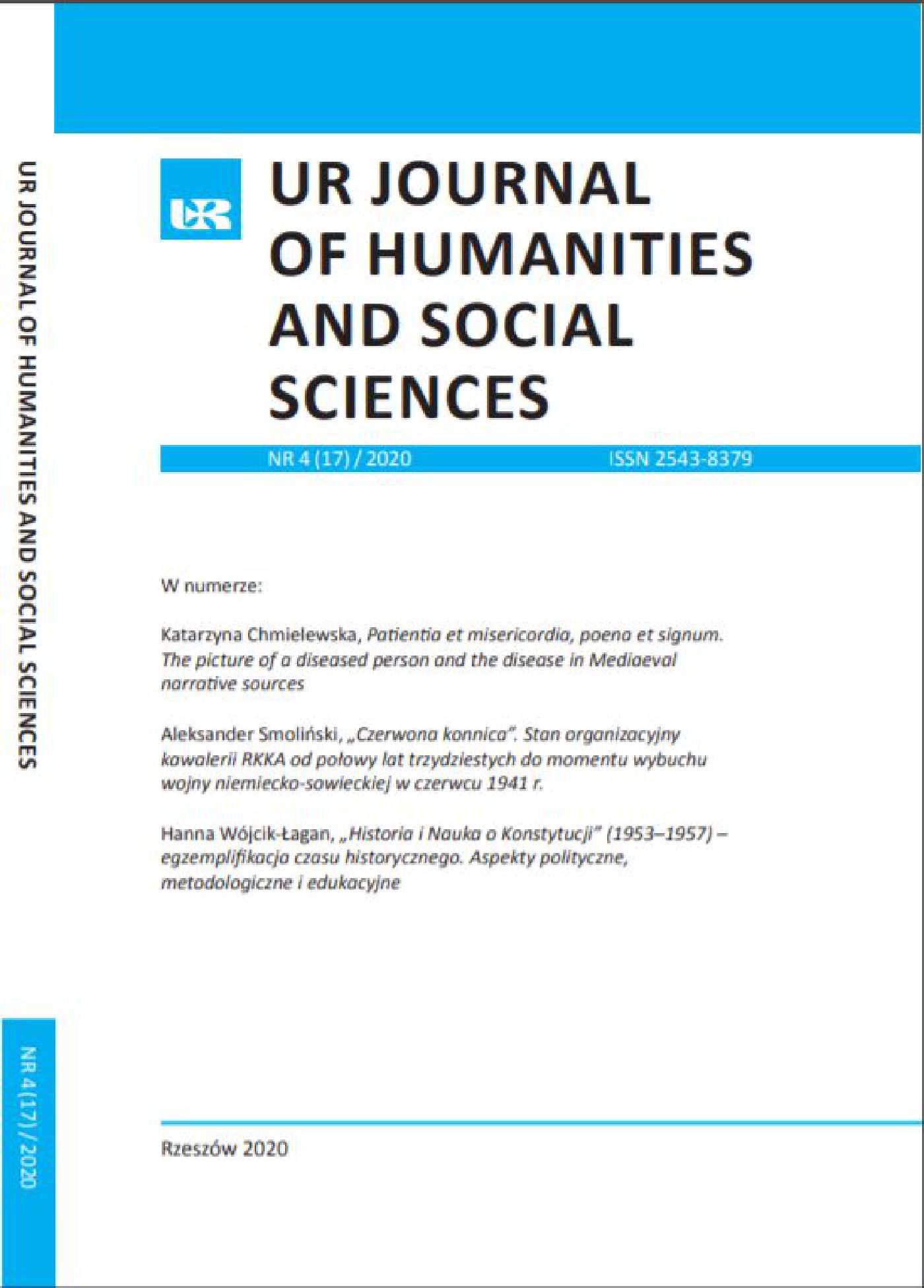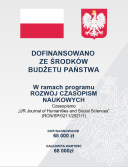King Władysław III’s document for the church in Giedlarowa from 1439 as an example of a medieval forgery
DOI:
https://doi.org/10.15584/johass.2020.4.2Keywords:
Giedlarowa, Władysław Jagiełło, Władysław III, Miechowici, forgery of documents, the Middle AgesAbstract
Samuel Nakielski in his work “Miechovia, sive promptuarium (…)” included a copy of the document issued by Władysław III Jagiellończyk of January 18, 1439, in which the king confirms the foundation of the church of St. Nicholas in Giedlarowa in the Przemyśl region, made by Mikołaj Giedlar, a burgher from Leżajsk and mayor in Giedlarowa. A precise analysis of two other documents: Mikołaj, the son of Drogosz, a tenutary of Krzeszów, in which he entrusts the embed under Magdeburg Law of the village of Giedlarowa to Mikołaj Giedlar on the date: Leżajsk, January 18, 1409, and Władysław III Jagiellończyk of March 10, 1440. (which – perhaps likewise is a forgery) approving and transuming this document, allows the confirmation (the assumptions of, among others, W. Bukowski, G. Klebowicz, J. Kurtyka, W. Zawitkowska) that the act of 1439 is a forgery produced on the basis of these two documents. The forgery from 1439 was to confirm the rights of the Holy Sepulcher from Miechów to the parish in Giedlarowa. Most likely, however, the Miechowici drafted this document only after 1470, when none of the people mentioned in the account and the chancery formulas still lived. It may have been related to the consecration of the local church in 1478 and/or a wider action carried out by the Miechowites at that time in that area. It was then, as J. Wolski showed, that the patronage in Rudołowice and Tuligłów was changed, and the rights of the Holy Sepulchre were to be confirmed by other forgeries prepared by them.Downloads
Download data is not yet available.
Downloads
Published
2020-12-30
How to Cite
Zawitkowska, W. (2020). King Władysław III’s document for the church in Giedlarowa from 1439 as an example of a medieval forgery. Journal of Humanities and Social Sciences, 17(4), 17–31. https://doi.org/10.15584/johass.2020.4.2
Issue
Section
Articles
License
Copyright (c) 2020 Wydawnictwo Uniwersytetu Rzeszowskiego

This work is licensed under a Creative Commons Attribution-NonCommercial 4.0 International License.



